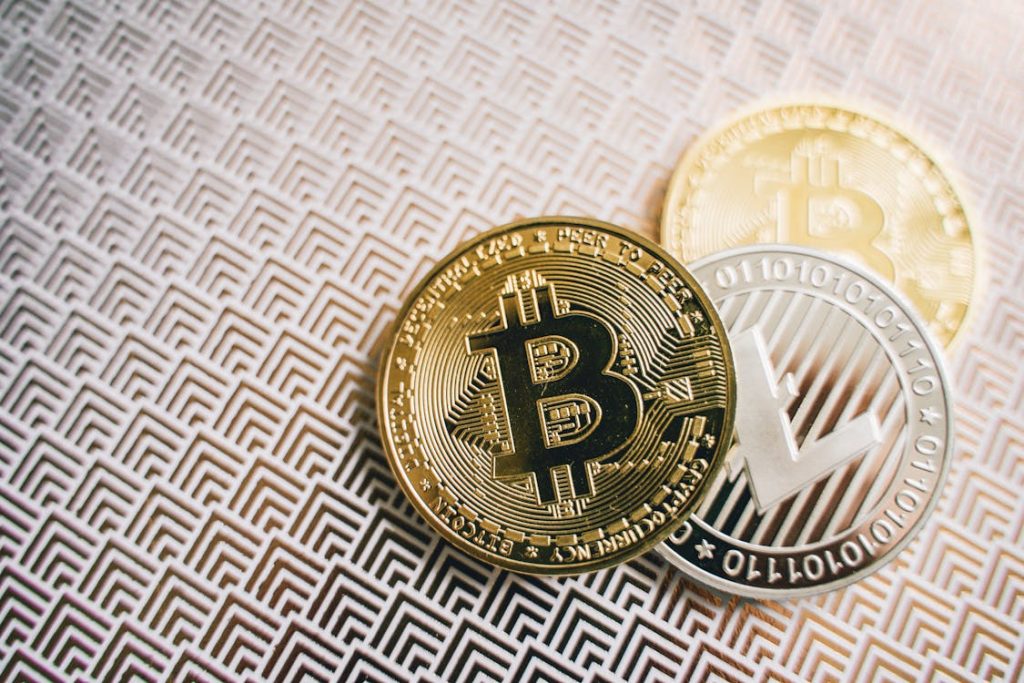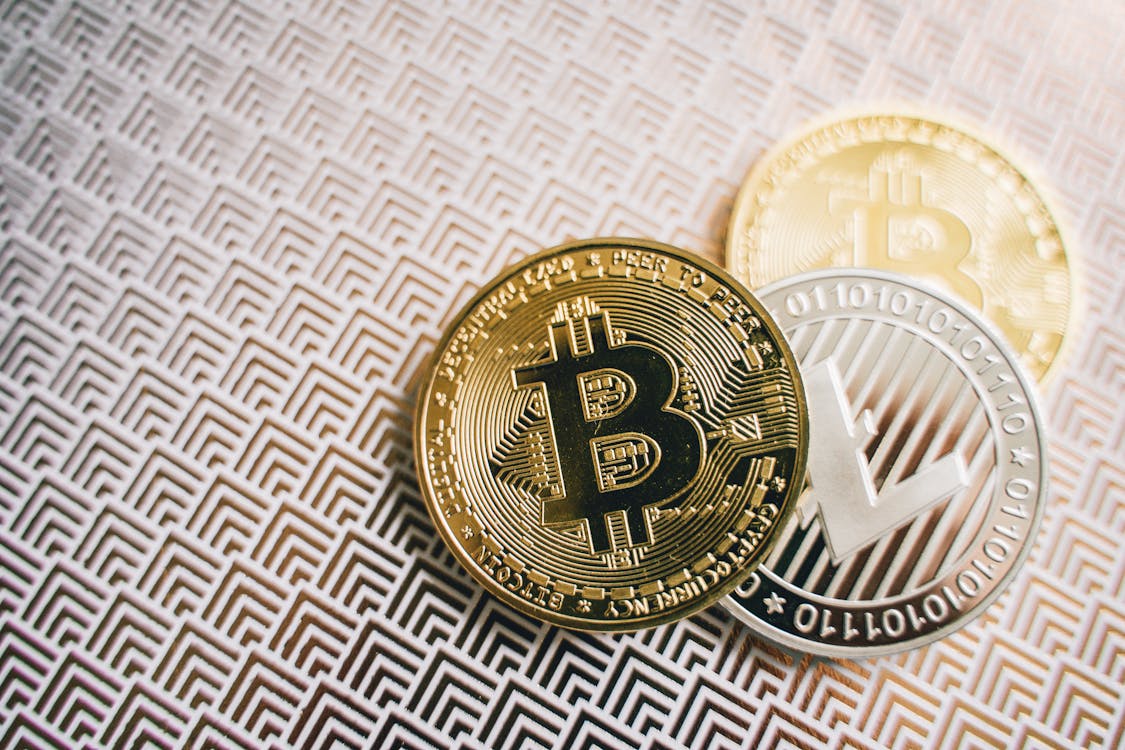The Emotional Ride of Trading Bitcoin for the First Time
When I bought my first Bitcoin, I felt like I was stepping into the future. I wasn’t just trading — I was part of a movement. But within months, I’d experienced one of the most emotional roller coasters of my life. If you’re a new crypto trader, buckle up. Here’s how I survived — and what I learned from — my first real crash in the world of Bitcoin and altcoins.

How I Entered Crypto
I entered the crypto market at the peak of optimism. Bitcoin had just hit a new all-time high, Ethereum was soaring, and every YouTube video promised 10x returns. I didn’t want to miss out, so I opened an exchange account, watched a few tutorials, and bought Bitcoin at $65,000. It felt like I was joining something revolutionary.
Then it happened — the crash. Within weeks, my portfolio was down 40%. Ethereum dropped. Altcoins tanked. I didn’t know whether to sell, buy more, or cry. Welcome to crypto.
The Crypto Market Is Like No Other
Unlike stocks or forex, crypto trades 24/7. There are no weekends off. One moment, your portfolio is in the green — the next, it’s bleeding red. This extreme volatility is what makes crypto exciting, but also incredibly risky.
I learned fast that crypto doesn’t follow traditional rules. Sometimes news moved the market. Sometimes tweets. And sometimes, it just… moved.
My Mistakes as a New Crypto Trader
- Buying the Top: I entered purely based on hype, not analysis or value.
- No Risk Management: I put too much into one coin — and didn’t set any stop losses.
- Following the Crowd: I chased trending altcoins without researching the projects.
- Overtrading: I jumped in and out of positions daily, reacting emotionally.
These mistakes cost me money, but they taught me the most important lessons of all.
How I Adjusted and Found Stability
After the initial crash, I took a step back. I stopped looking at my portfolio every hour. I began treating crypto like a real investment — not a lottery ticket.
- I diversified: Bitcoin, Ethereum, and a few selected altcoins only.
- I used dollar-cost averaging: Investing small amounts regularly, instead of going all in at once.
- I educated myself: Learning about blockchain, tokenomics, and use cases — not just price predictions.
- I accepted risk: Crypto is speculative. I only invested what I could afford to lose.
Lessons from the Bitcoin Bear Market
The most valuable thing I gained wasn’t money — it was resilience. I stopped fearing red days. I stopped needing instant wins. I learned to think long-term. And as the market slowly recovered, so did I — both emotionally and financially.
My Ongoing Crypto Routine
- Check charts once a day — no more than that
- Stay informed via trusted news, not Twitter hype
- Use secure wallets and take custody of long-term holdings
- Stick to a clear plan — when to buy, sell, or hold
Final Thoughts
Crypto trading isn’t just about charts and coins — it’s about managing your emotions. The highs are thrilling, but the lows can crush you if you’re not prepared. My advice to every new trader? Respect the market. Learn before you leap. And most importantly, don’t risk your peace of mind for the promise of fast profits.
